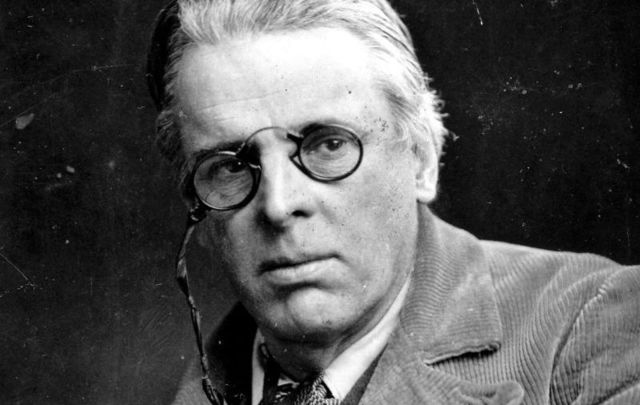A Fairy Song
William Shakespeare
Over hill, over dale,
Through bush, through briar,
Over park, over pale,
Through blood, through fire,
I do wander everywhere,
Swifter than the moone’s sphere;
And I serve the fairy queen,
To dew her orbs upon the green.
The cowslips tall her pensioners be:
In their gold coats spots you see;
Those be rubies, fairy favours,
In those freckles live their savours:
I must go seek some dewdrops here,
And hang a pearl in every cowslip’s ear.
Farewell, thou lob of spirits; I’ll be gone:
Our queen and all her elves come here anon.
Find this poem online at Poetry Lover’s Page

